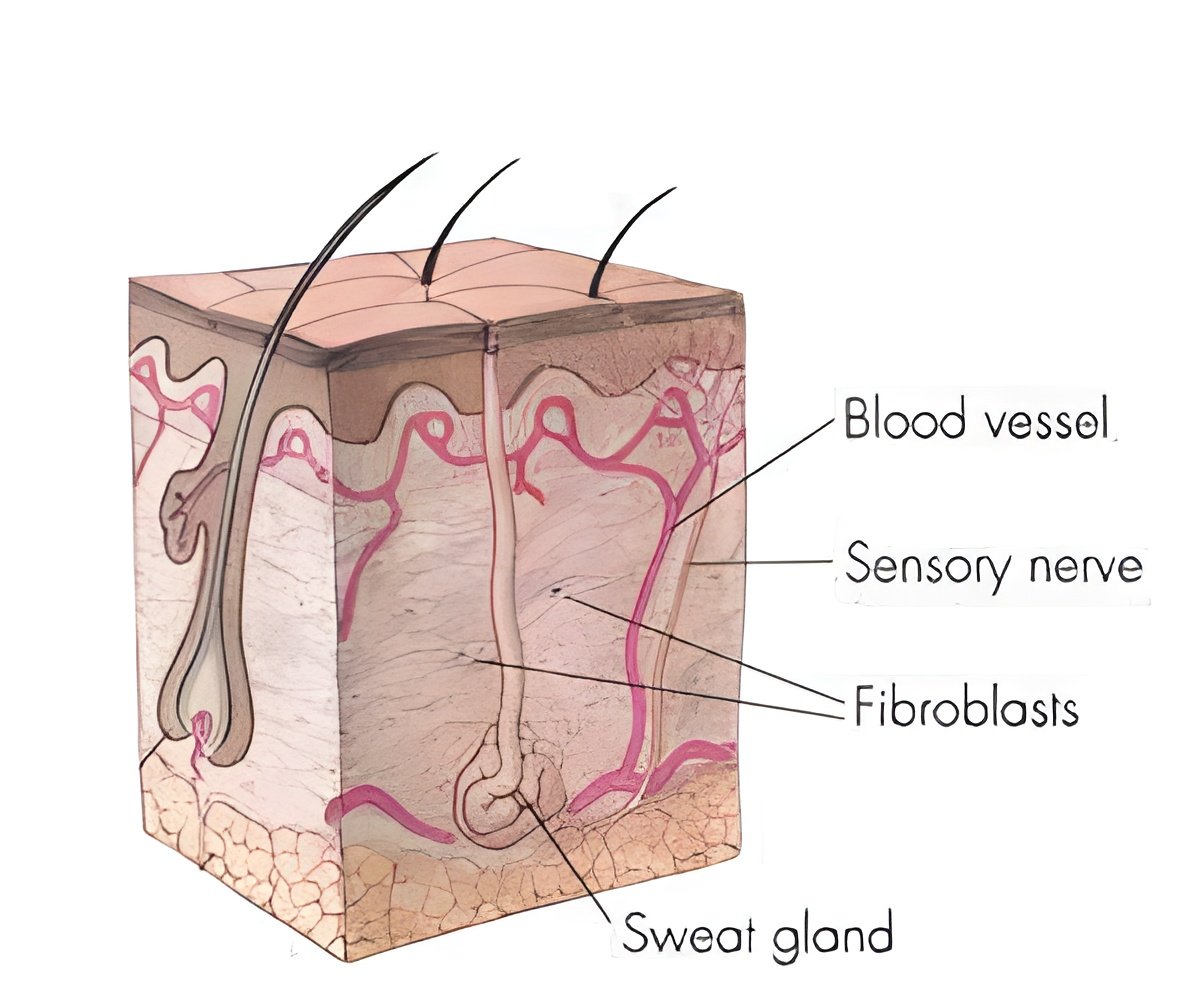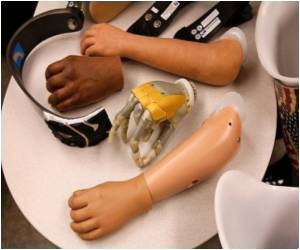
‘A new type of self-healing and fully recyclable electronic skin helps robots have a sense of touch like humans.’
Tweet it Now
It also has several distinctive properties, including a novel type of covalently bonded dynamic network polymer, known as polyimine. The polyimine has been laced with silver nanoparticles to provide better mechanical strength, chemical stability and electrical conductivity.
"What is unique here is that the chemical bonding of polyimine we use allows the e-skin to be both self-healing and fully recyclable at room temperature," said said Jianliang Xiao, Assistant Professor at the University of Colorado - Boulder.
"Given the millions of tons of electronic waste generated worldwide every year, the recyclability of our e-skin makes good economic and environmental sense," Xiao added.
The e-skin, detailed in the journal Science Advances, can be easily conformed to curved surfaces like human arms and robotic hands by applying moderate heat and pressure to it without introducing excessive stresses.
Advertisement
"The idea is to try and mimic biological skin with e-skin that has desired functions," he said.
Advertisement
The silver nanoparticles sink to the bottom of the solution.
"The recycled solution and nanoparticles can then be used to make new, functional e-skin," Xiao said.
Source-IANS














